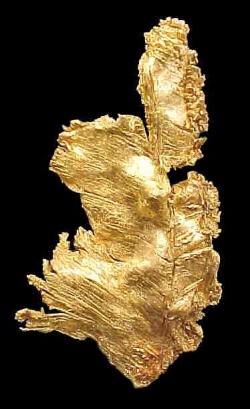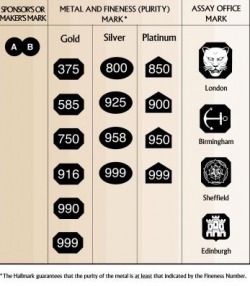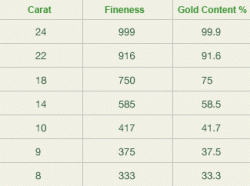Precious Metals Information
Nearly 2,000 years ago Aristotle laid out what characteristics make for good money.
According to Aristotle:
It must be durable.
It must be portable.
It must be divisible.
It must be consistent.
It must have intrinsic value.
So it's no accident then that the most common basis for money - in all of human history - has been gold.
++++++++++++++++
So Just How Much Gold Is There in the World..?
Even with modern technology gold is still incredibly difficult to find.
In total about 160,000 tonnes of gold have been taken out of the Earth so far...
That 160,000 tonnes is less than you might think.
Formed into a single gold cube it wouldn’t quite cover a tennis court.
In fact it would be 2 metres short. But that’s all the gold in the world.
Gold is being mined at about 2,600 tonnes a year, so the above ground supply is expanding at 1.6% per annum. This newly mined supply means the world's cube of gold -
currently 20.2 metres across - is growing by just 11 cm per year.
All the world's gold will cover a tennis court when the above ground stock is 205,000 tonnes.
This will be some time around 2025.
205,000 tonnes is approximately the sum of the current above ground stocks (approximately 160,000 tonnes) plus the aggregate un-mined known reserves of all the world's gold mining companies (approximately 45,000 tonnes).
That's all the world's gold - both above ground, and known about but still underground...
The History of Platinum re Gold
Although platinum is regarded as a "new" metal in its present form, it has a long history. Ancient Egyptians and Pre-Columbian Indian civilizations already valued it as a very important element. The "modern" discovery of platinum is attributed to Spanish conquerors in the 17th century. Actually the name platinum was given by the Spanish word, platina, meaning little silver. Spaniards had discovered alluvial deposits of the rare white metal when they were mining in search for gold in the Choco region in Colombia. Paradoxically, they considered platinum as a nuisance for their mining of gold. |
UK Gold Hallmarks To the Left<<< are the most common marks you are likely to find on UK manufactured jewellery. The number denoting gold purity relates to the carat and gold content as follows: Hallmarks Most gold jewellery is hallmarked and depending on the country of origin this mark may give you information about who made it, when it was made, where it was assayed, and how pure it is. This page currently undergoing updating process... Please contact us for current product information. |





